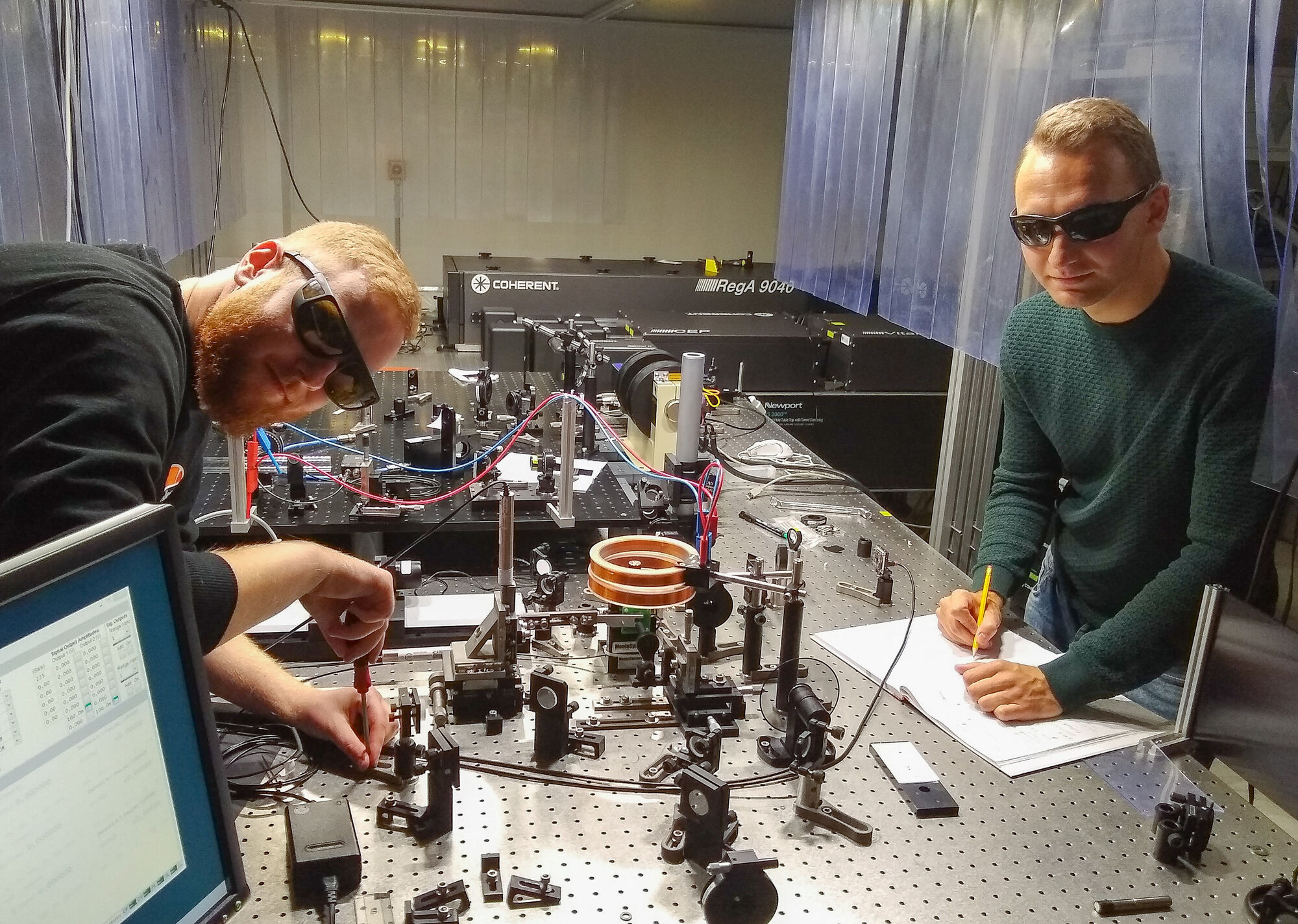Modern plastics have an almost ideal mix of characteristics: lightweight but sturdy, chemically resistant, yet easy to process. “Therefore, everyday life is now hard to imagine without plastics and these leave their traces in our environment. Not only big plastic debris, like the notorious plastic vortexes in the oceans, but also minute particles, known as microplastic,” explains the initiator of the project Kristian Wende, PhD and researcher at INP. Microplastic – invisible to the naked eye – poses a severe and not yet fully foreseeable threat to ecosystems worldwide. A New York study testified the presence of 325 particles sizing between 6 and 100 µm – in a single litre of bottled water. Plastic microparticles have even been found in polar ice and food such as mussels and fish. Sander Bekeschus, PhD, and researcher at INP in Greifswald, adds: “It remains largely unclear where these particles end up and which impact they have on the human body once they have been ingested. Part of this dilemma is due to the fact that it is exceedingly difficult to detect the tiny particles in the complex structure of cells and tissues.” This is exactly where the consortium comes into play. “We focus on three different modern technologies,” says Prof. Martin Roth from AIP Potsdam. “In addition to confocal Raman spectroscopy and Terahertz spectroscopy – known from body scanners at airport security checks – investigations will be held on the applicability of multispectral light and electron microscopy.”
All three approaches – partly adopted from astrophysics – are suitable for determining the chemical composition of a particle as well as its morphology. The ability of electromagnetic waves to interact with matter is exploited, yielding a distinctive pattern – the fingerprint or spectrum. This makes it possible to identify the original source of the respective plastic microparticles – e.g. polyethylene, polystyrene, or PVC. While this has been established for large plastic fragments, researchers have not yet managed to adapt the method for microscales. Oliver Otto, PhD, from the University of Greifswald explains, “The incorporation of microplastics in cells bears physiological consequences for the tissue. Here at ZIK HIKE, we have developed methods for investigating biomechanics and nanostructures related to cardio-vascular diseases that can be translated for the current project”. “Furthermore, we require a method that is both fast and easy” emphasises Prof. Mihaela Delcea, principal investigator at ZIK HIKE.
First results shall be available within the next two years and will help deliver an answer to the ultimate question: which role does microplastic play in the development of lifestyle-related diseases such as neurodegenerative disorders, cardio-vascular diseases, and cancer?
The photos can be obtained in high resolution from the Leibniz Institute for Plasma Science and Technology by writing to welcomeinp-greifswaldde
Contacts:
Dr. Kristian Wende
ZIK plasmatis
Leibniz Institute for Plasma Science and Technology (INP)
Felix-Hausdorff-Straße 2, 17489 Greifswald
Tel.: +49 3834 554 3923
kristian.wendeinp-greifswaldde
Dr. Oliver Otto
ZIK-HIKE
Fleischmannstraße 42, 17475 Greifswald
Tel.: +49 3834 86 22340
biomech.hgwgmailcom
Prof. Dr. Martin Roth
ZIK innoFSPEC
Leibniz Institute for Astrophysics Potsdam (AIP)
An der Sternwarte 16, 14482 Potsdam
Tel.: +49 331 7499313
mmrothaipde


